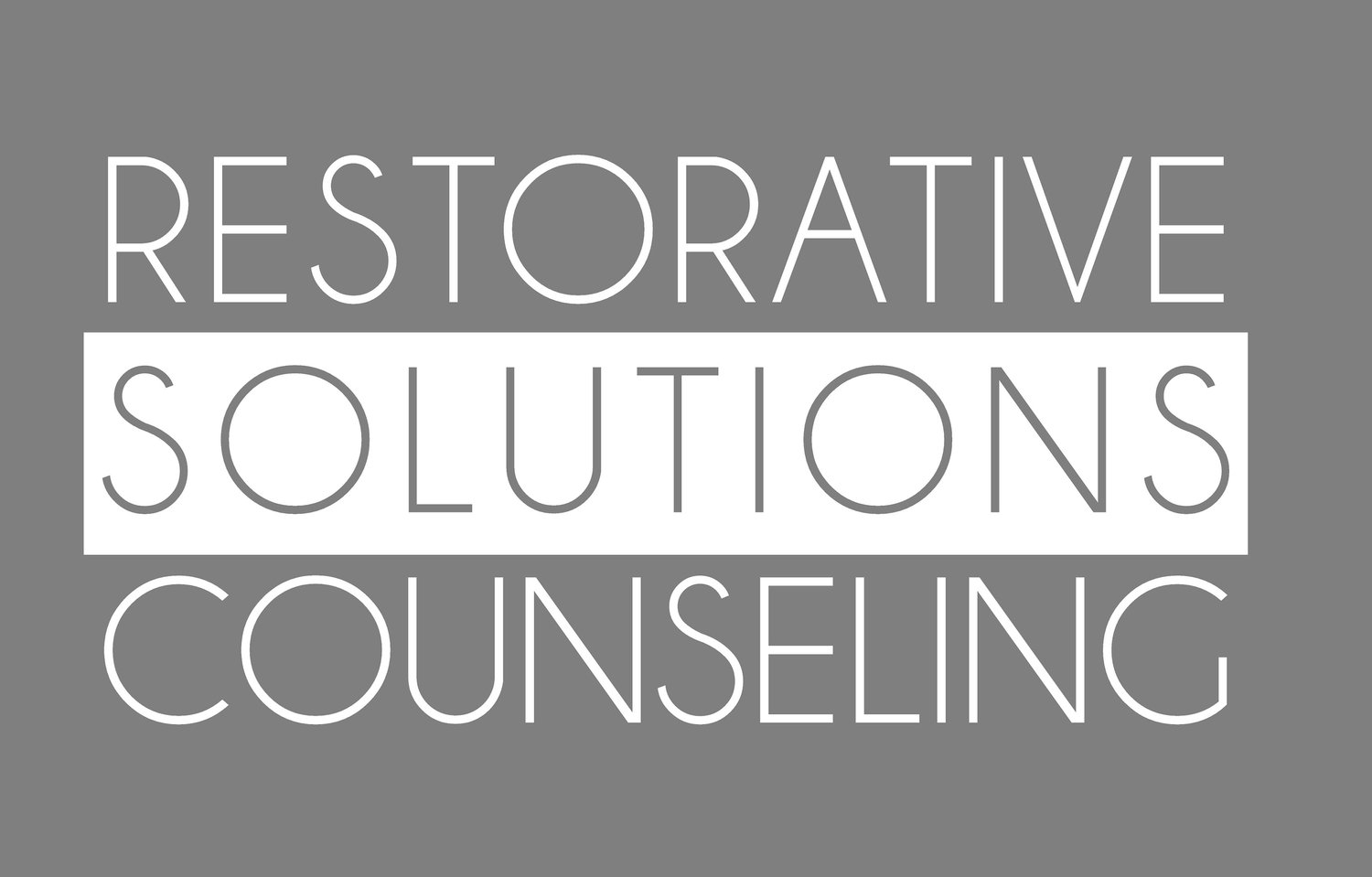The singer, Brad Paisley, has a song called “Time Well Wasted,” and that song comes to mind as I think about the topic for today’s blog. The content doesn’t fully match because, in the song, he’s referring to spending time with the people he loves as opposed to crossing things off his to-do list. He calls this time well wasted because he didn’t accomplish anything besides making memories. I mention this because a common response I hear when I bring up the topic of hobbies is, “I don’t have time for that.” This response is totally understandable. Many of us lead very busy lives, and the idea of squeezing in something that counts as self care is easy to discount as unimportant and not worthy of our time. I’m here to make the case, however, that making time for enjoyment is one of the best things we can do for ourselves and the other people in our lives.
I’ve started a variety of hobbies throughout my life. Some of them have stuck for the long-haul, like hunting and woodworking. There were also plenty that I tried out for a while but didn’t continue, like martial arts, beer making, cheese making, and bowling. That’s the great thing about hobbies, though. There is nothing wrong with trying something out for a little while to see if you’re really interested, and there is no real loss if we discover that we aren’t interested in continuing a hobby. It might be a case for not investing too much money in something at the beginning of a new hobby, but it isn’t a reason to not try things.
According to an article from Neuroscience News*, people with hobbies have lower rates of depression. A common symptom of depression is anhedonia, or the loss of interest in previously enjoyed activities. Having a hobby can help avoid this symptom of depression, and it has the potential to help prevent depressive episodes. In addition, taking the time to do enjoyable things, like hobbies, can help alleviate depression symptoms that are already in place. Doing things that we enjoy releases neurotransmitters like dopamine, which reward us for the activity and help us to feel like doing it again.
So what counts as a hobby? According to an article from Utah State University**, a hobby is an activity that we do during free time for pleasure. That definition is very broad, but maybe that’s the point. I would like to add that hobbies can be anything that you find meaningful and enjoyable. Scrolling through social media is something that people do during their free time; however, most people don’t find this to be fulfilling or meaningful. In fact, people often report feeling icky and regretful afterward, which isn’t the case after spending time doing an enjoyable hobby.
Benefits of hobbies** include:
Reduced stress–hobbies are associated with reduced levels of cortisol (a stress hormone) in the bloodstream.
Improved mood or sense of well-being.
Improved social connection and (again) lower levels of depression and anxiety.
Improved physical health through lower blood pressure and heart rate, which is improved upon even further through more physically active hobbies.
Improved mental health through improved mood and increased focus.
How do we find the time for our hobbies, though? Don’t think of your hobbies** as something that you need to do every day. Take a look at your schedule and figure out how you’re using the downtime that you do have. Consider scheduling convenient times throughout the week for enjoyable activities. Don’t have any time at all? It’s probably time to delegate some tasks. Having an attitude that you’re the only one who can get things done is probably both incorrect and completely draining. Mini breaks throughout the day can be helpful too. Remember, a hobby is anything enjoyable and fulfilling. It doesn’t have to be an act of creation. Going for a walk or a regular lunch with a friend fit the definition, especially because it leaves you feeling good afterward.
Different types of hobbies* also carry other rewards. Physical hobbies improve brain functioning and lead to better physical health. (Remember, our brain is a physical part of our bodies). Musical hobbies can improve memory, and artistic hobbies are associated with decreased likelihood of dementia later in life. Follow your interests. The things that you find naturally interesting are potential hobbies to develop. Even if you lose interest later on, it is doubtful that you will regret taking a chance on something new, and it might just lead you to something that you really enjoy.
*https://neurosciencenews.com/hobby-mental-health-17765/
**https://extension.usu.edu/mentalhealth/articles/how-hobbies-improve-mental-health
